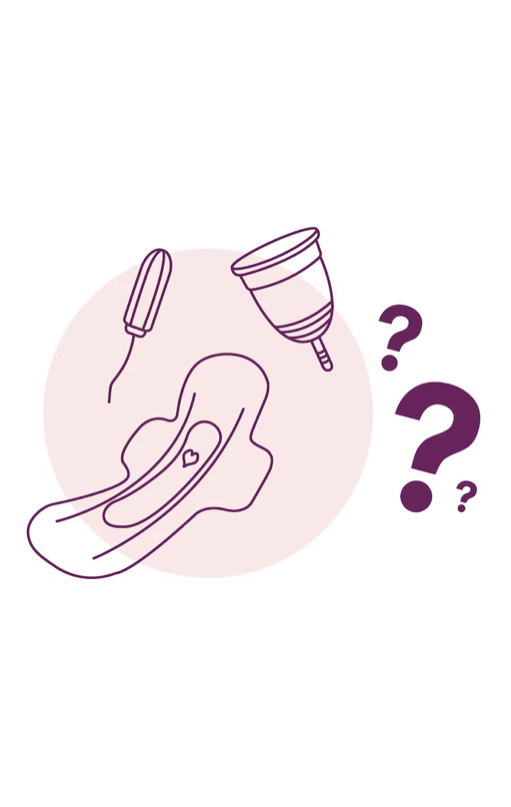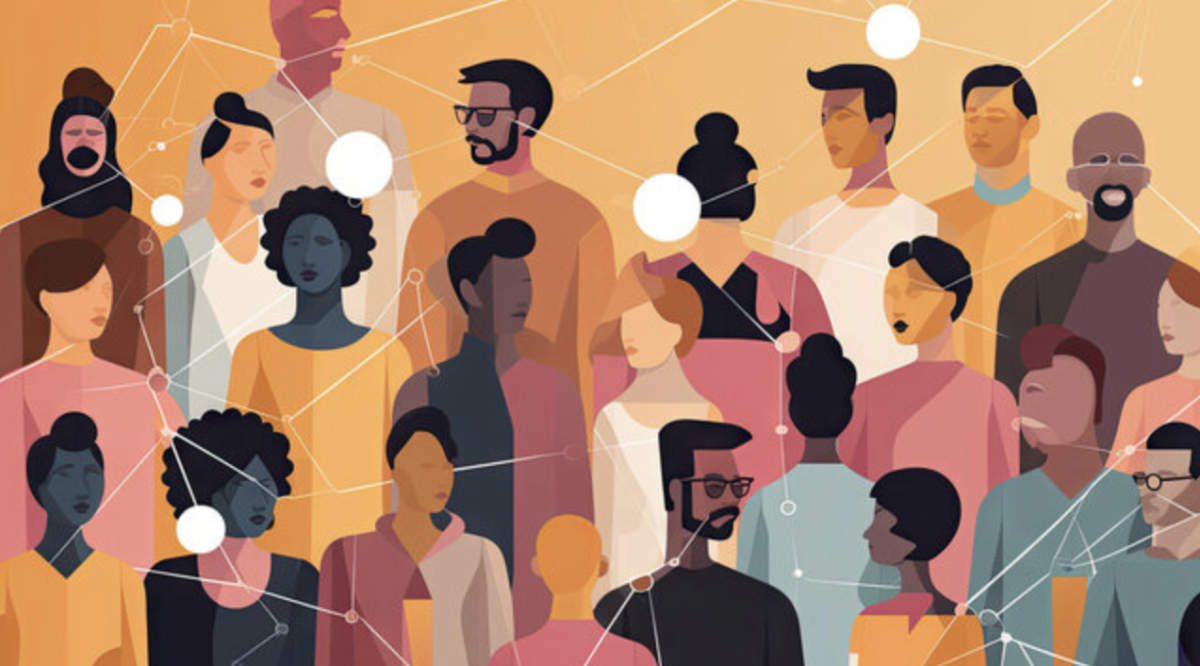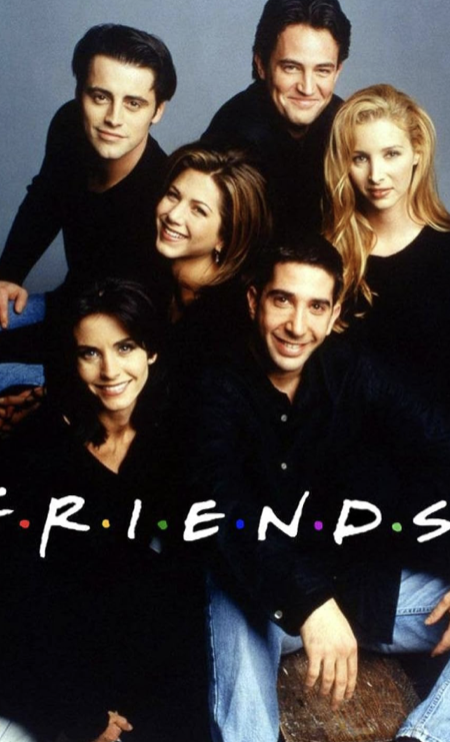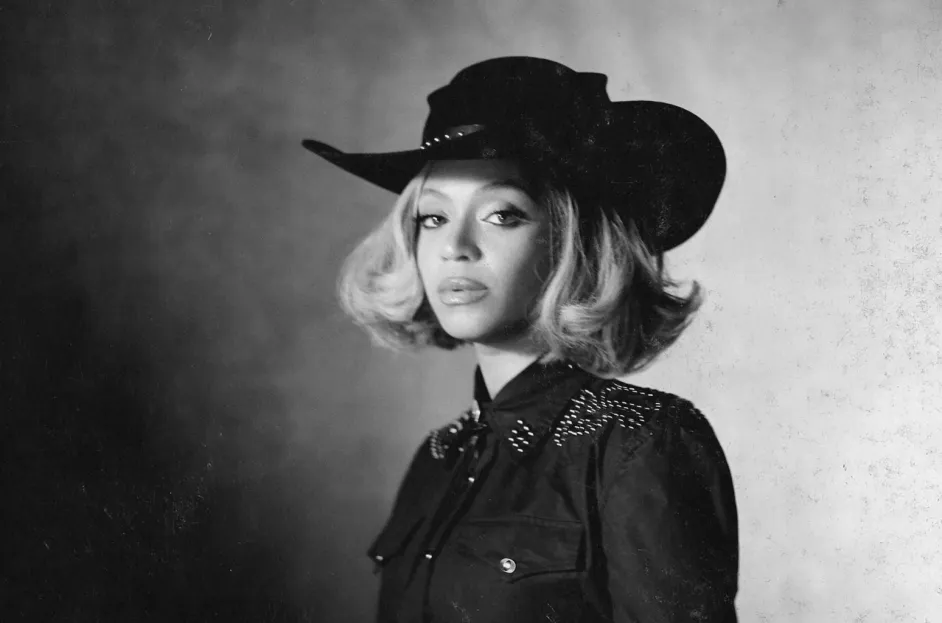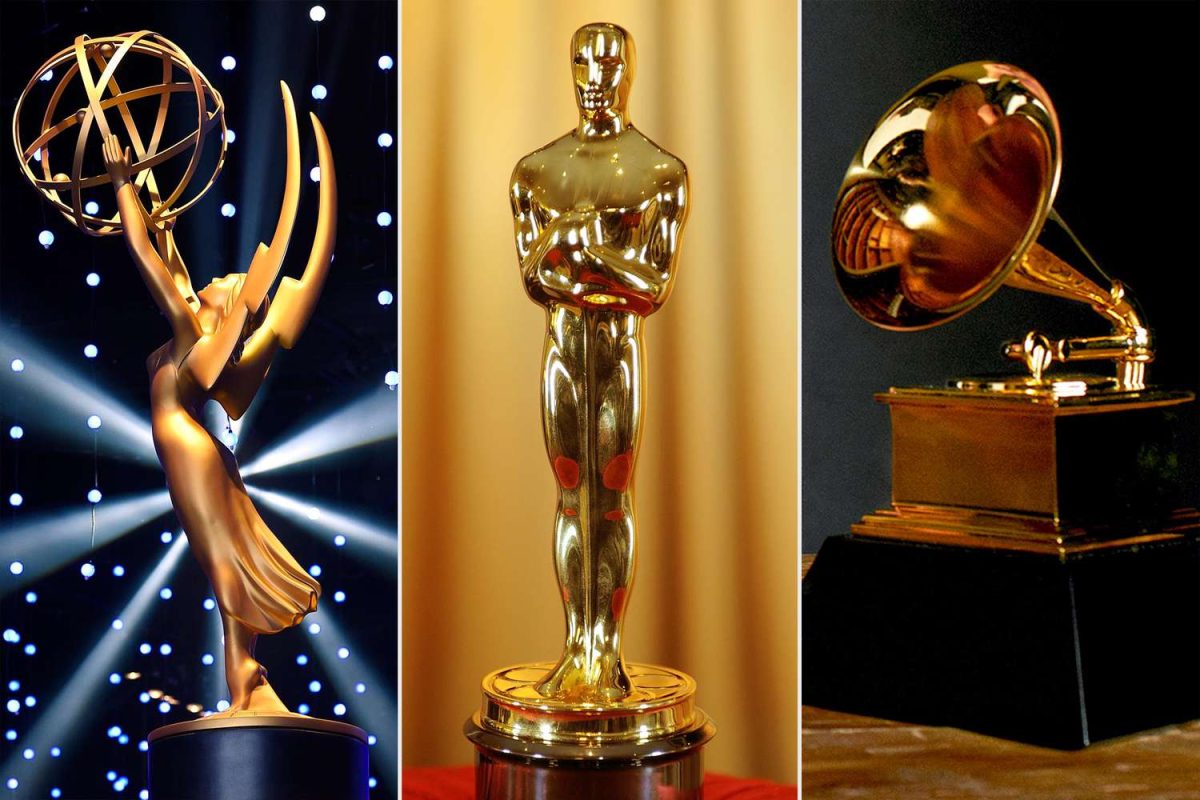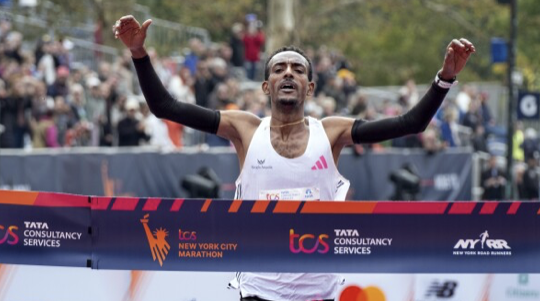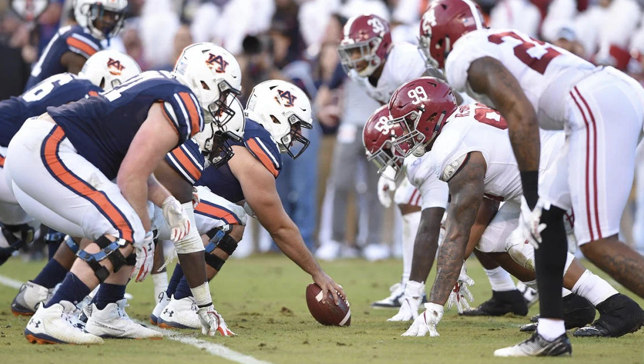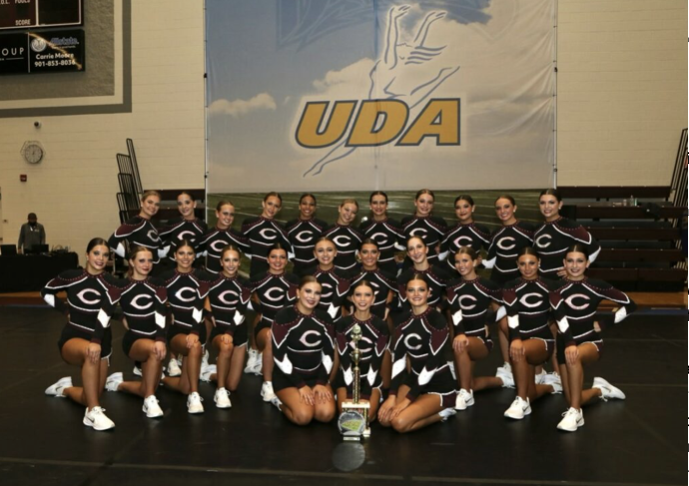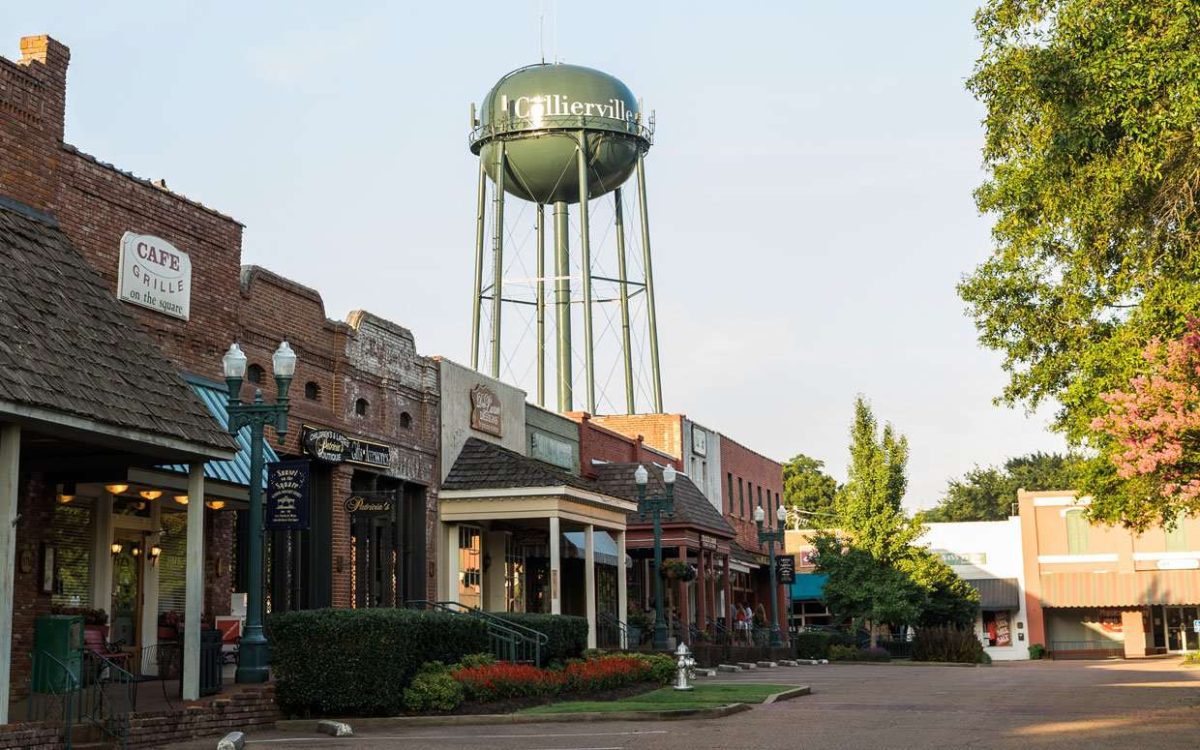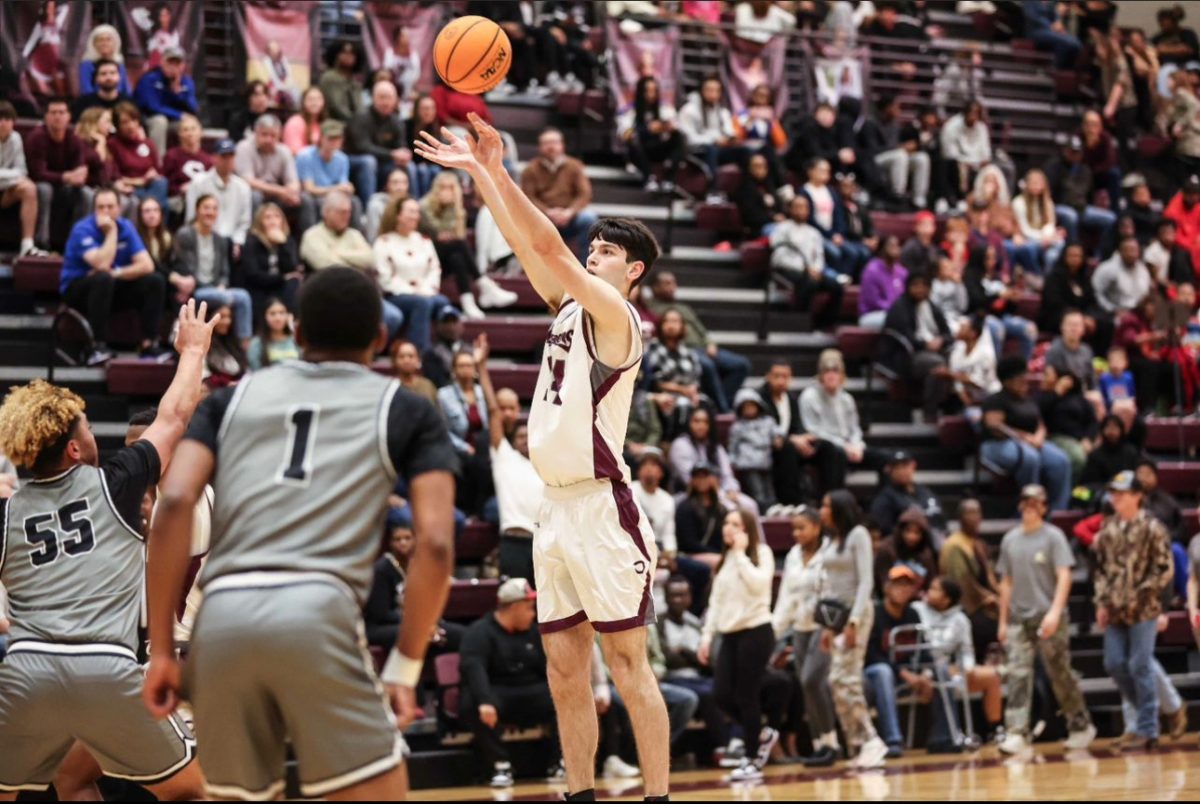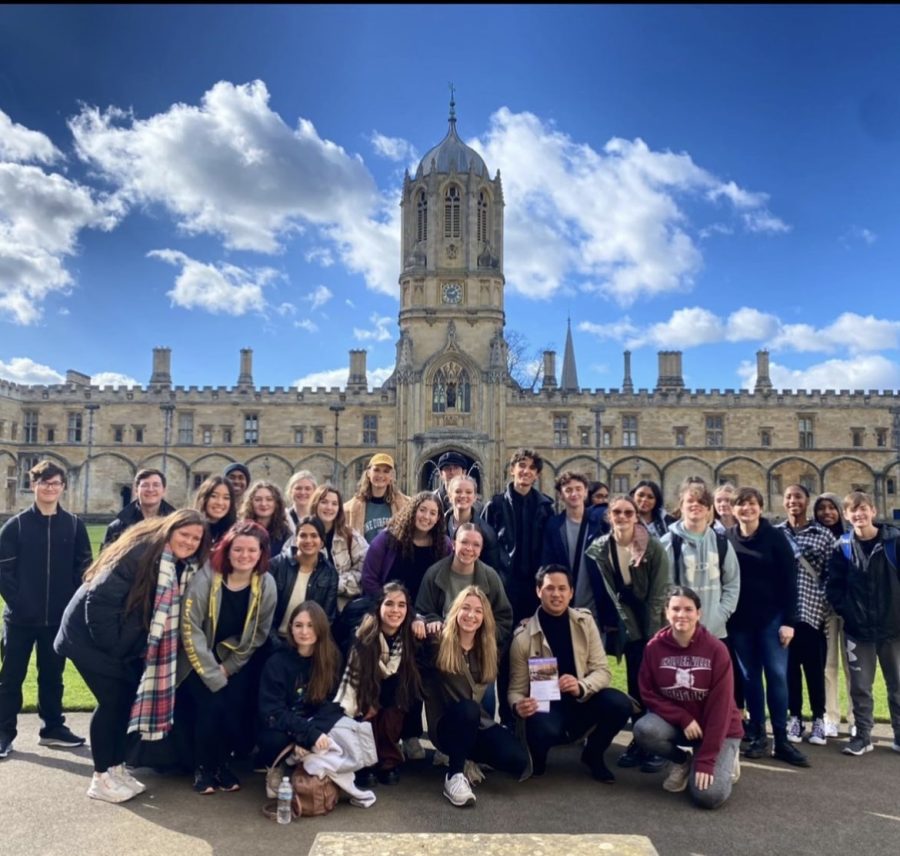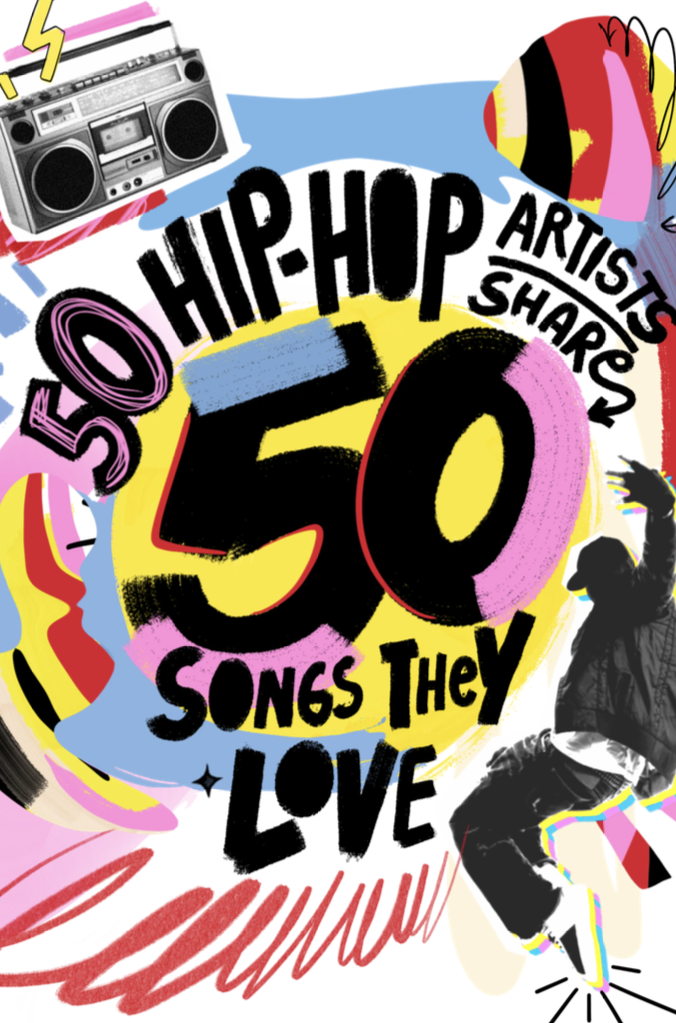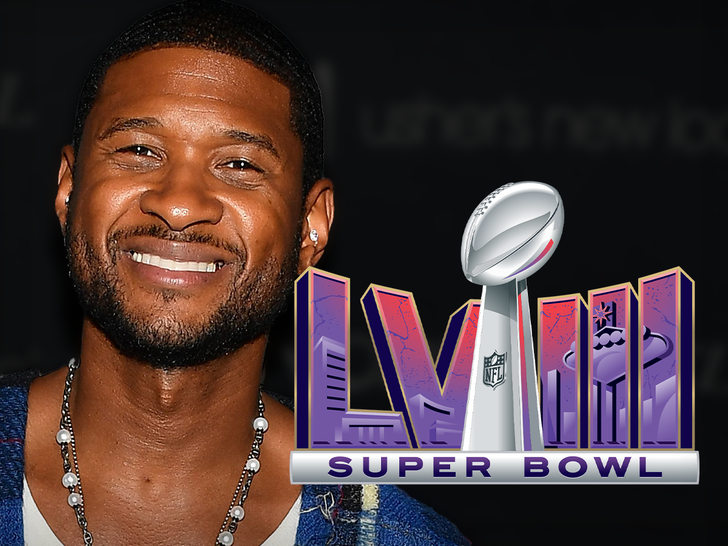50 years of Hip-Hop has been celebrated in many ways as concerts, playlists on the radio, etc. “Let’s make the 50th Anniversary of Hip-Hop a time to engage. Look to the future, support, effect change!” – Ice-T. In the five decades since hip-hop emerged out of New York City, it spread around the country and the world. And at each step, there’s been change and adaptation, as new, different voices came in and made it their own. It’s touched everything, from art and fashion to sports and social justice. Hip-hop came to life in the 1970’s Bronx, filled with creativity and grit.
Women have been a part of hip-hop since its debut, battling for their space and to have their voices heard. As hip-hop marks 50 years, female rappers are taking their moment to shine – while still demanding respect and facing decades-old challenges. SiriusXM host Roxanne Shante started entering rap battles and making records as a young teen in the 1980s. The hip- hop legend’s battle tracks solidified her as one of the earliest and fiercest emcees at the age of 14. “I came in as little sis; even to the point of where sometimes they didn’t even want to let me participate because sometimes the men felt that I was that good,” Shante, told the AP, detailing how it was a problem for men to battle rap a teen girl. Shante, along with artists such as Salt-N-Pepa, Yo-Yo, and Queen Latifah were voices that amplified feminist storytelling and issues during the ‘80s and early ’90s. Entertainer and philanthropist Yo-Yo was known for rapping about female empowerment and demanding respect, but she still dealt with having to “stay in a woman’s place.”
Today, basketball games are like a playground for the sounds of hip-hop — the unmistakable music genre infused with rhythmic beats and vivid storytelling. “I think the relationship between basketball and hip-hop, they seem kind of symbiotic. They both allow for individual expression within a team dynamic,” said Mark Campbell, University of Toronto professor of music and culture. “What makes them unique is that a lot of times what’s memorable about basketball is not how many wins a team made, but it is about how Dr. J (Julius Erving) went around the rim, or how an individual player created poetry in motion…how they made the body do interesting and dynamic and new things.”
“Basketball by the middle of the 80s after the merger with the NBA and with the ABA, is struggling to be a profitable professional sport,” Campbell said. “All it took was someone like (Michael) Jordan to have the swagger of local b- boys in the neighborhood, to have the swagger of anyone hanging outside, or to pick up the swagger of a Rakim or those guys and put it on a stage where cable television allowed people to see what they couldn’t see in the neighborhoods that they weren’t part of.”
It was the start of a connection that has persisted throughout the decades. Michigan’s “Fab Five” were college basketball’s first hip-hop team, hitting the scene in1991, the same year Public Enemy became the first hip-hop group to top the Billboard charts.
From their baggy shorts to their black socks and shoes, the five Michigan freshmen — Jalen Rose, Chris Webber, Jimmy King, Juwan Howard, and Ray Jackson — brought a personality to the game that was in direct contrast to the toned-down style of the players that came before them.





